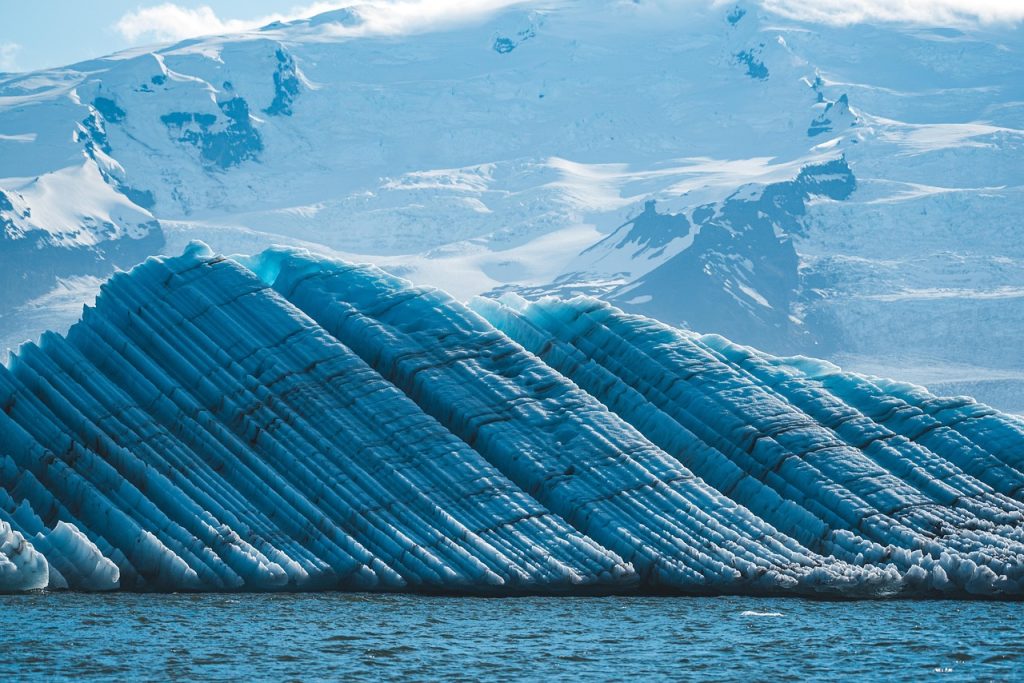Shepherd Finds Body of Man Missing Since 1997 in Melting Glacier
Others are reading now
For decades, glaciers have hidden stories beneath layers of ice. But now, as the planet warms, they’re starting to give up their secrets.
In Pakistan, a shocking discovery has brought closure to a mystery that began nearly 30 years ago.
In the Khoghistan region of northern Pakistan, a shepherd in the Hunza Valley recently came across something unusual while walking near a glacier.
He found the frozen body of a man. The clothing was still intact. Next to the body, there was an old ID card. It bore the name Nasiruddin, writes WP.
Brother Had Reported Him Missing
Police confirmed that this man had vanished in June 1997. He had fallen into a deep crack in the glacier during a snowstorm.
Also read
His brother had reported him missing. At the time, the two had been traveling together on horseback after leaving home due to a family disagreement.
They reached a remote valley that day. Nasiruddin entered a cave but never came back out. His brother searched for him, but no one ever found a trace. That was, until now.
The shepherd who found the body, Omar Khan, told reporters he couldn’t believe what he was seeing. The body had barely changed. It was preserved by the ice, frozen in time.
How Could It Be Preserved?
Experts say that when someone falls into a glacier, the freezing temperatures stop the body from decaying.
Professor Muhammad Bilal of Comsats University in Islamabad explained that the cold, lack of oxygen, and absence of moisture all contribute to a mummification process.
Also read
But why is the body surfacing now? The answer lies in climate change. Rising temperatures and stronger sunlight are causing glaciers in the region to melt faster than before.
The Lady Valley area, where Nasiruddin was found, has seen less snow and more glacial melt in recent years. That’s what finally revealed his body after nearly three decades.
This isn’t the first time melting ice has exposed something unexpected. In recent years, scientists have uncovered ancient ecosystems, Viking relics, and even extinct animals like a woolly rhinoceros.
As glaciers continue to shrink, more discoveries like this are likely to surface.


